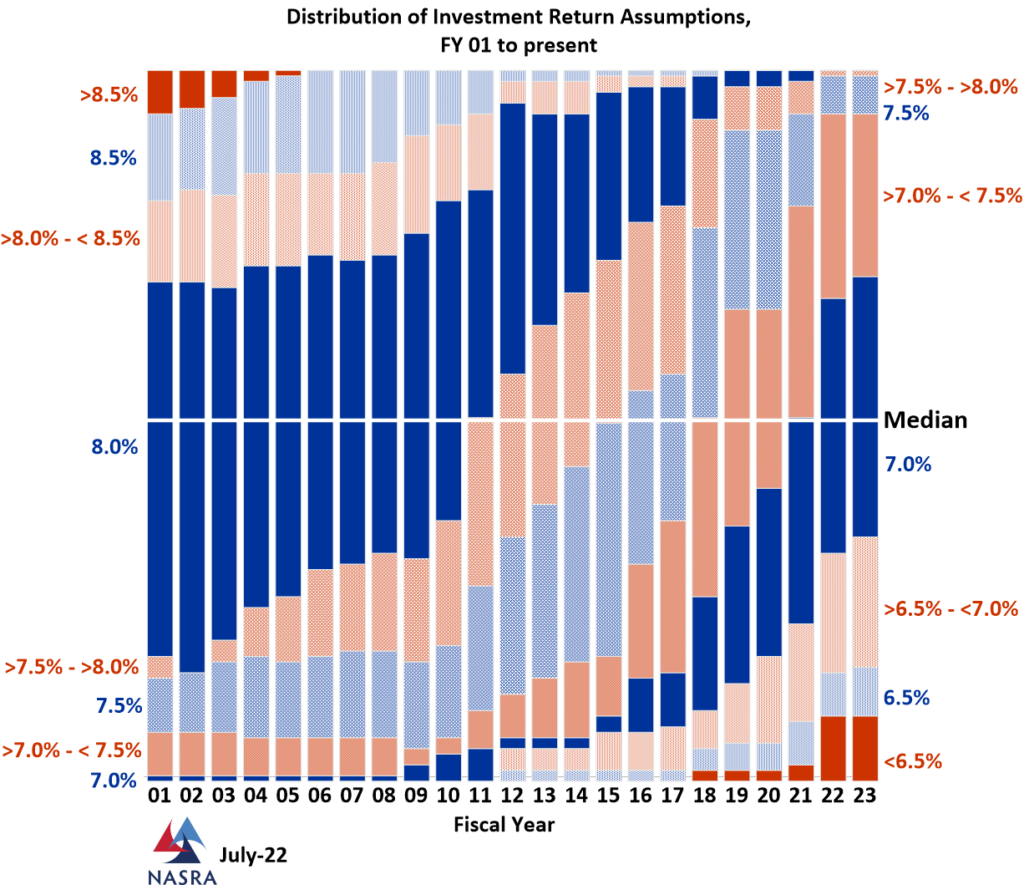Link: https://www.nakedcapitalism.com/2022/08/wrong-way-calpers-increased-private-equity-allocation-by-over-50-as-investors-are-dumping-holdings.html
Excerpt:
CalPERS is so reliably bad at market timing that the giant fund serves as a counter indicators. Last fall, CalPERS increased its allocation to private equity from 8% of its total portfolio to 13%, which is an increase of over 50%. This is after this humble blog, regularly citing top independent experts, pointed out that the investment raison d’etre for private equity had vanished in the 2006-2008 time frame, not once, but many many times as various studies kept confirming that finding. Not only did private equity no longer earn enough to compensate for its much higher risks (leverage and illiquidity) but it was no longer beating straight up large cap equities.
Now there is a way out of this conundrum: to bring private equity in house. Private equity fees and costs are so egregious (an estimated 7% per annum) that even a bit of underperformance relative to private equity indexes will be more than offset by greatly lower fees. A simpler option would be public market replication of private equity.
But the dogged way funds like CalPERS stick to private equity points to rank corruption, of the sort that landed CalPERS former CEO Fred Buenrostro in Federal prison for four and a half years.
…..
Another problem is cash flow management. Private equity funds do not take investor money at closing. Instead, investors get “capital calls” to pony up part of their commitment to the fund so the fund manager can buy a company. These capital calls require the dough to be sent as specified in the offering memorandum, usually in five to ten days. The consequences of missing a capital call are draconian. The fund manager can seize all the investments made so far and distribute them to the other limited partners.
In the financial crisis, CalPERS had too little cash on hand to meet private equity capital calls. It wound up dumping stocks at distressed prices to satisfy the private equity demands. So the risk outlined below is real.
Author(s): Yves Smith
Publication Date: 9 Aug 2022
Publication Site: naked capitalism





